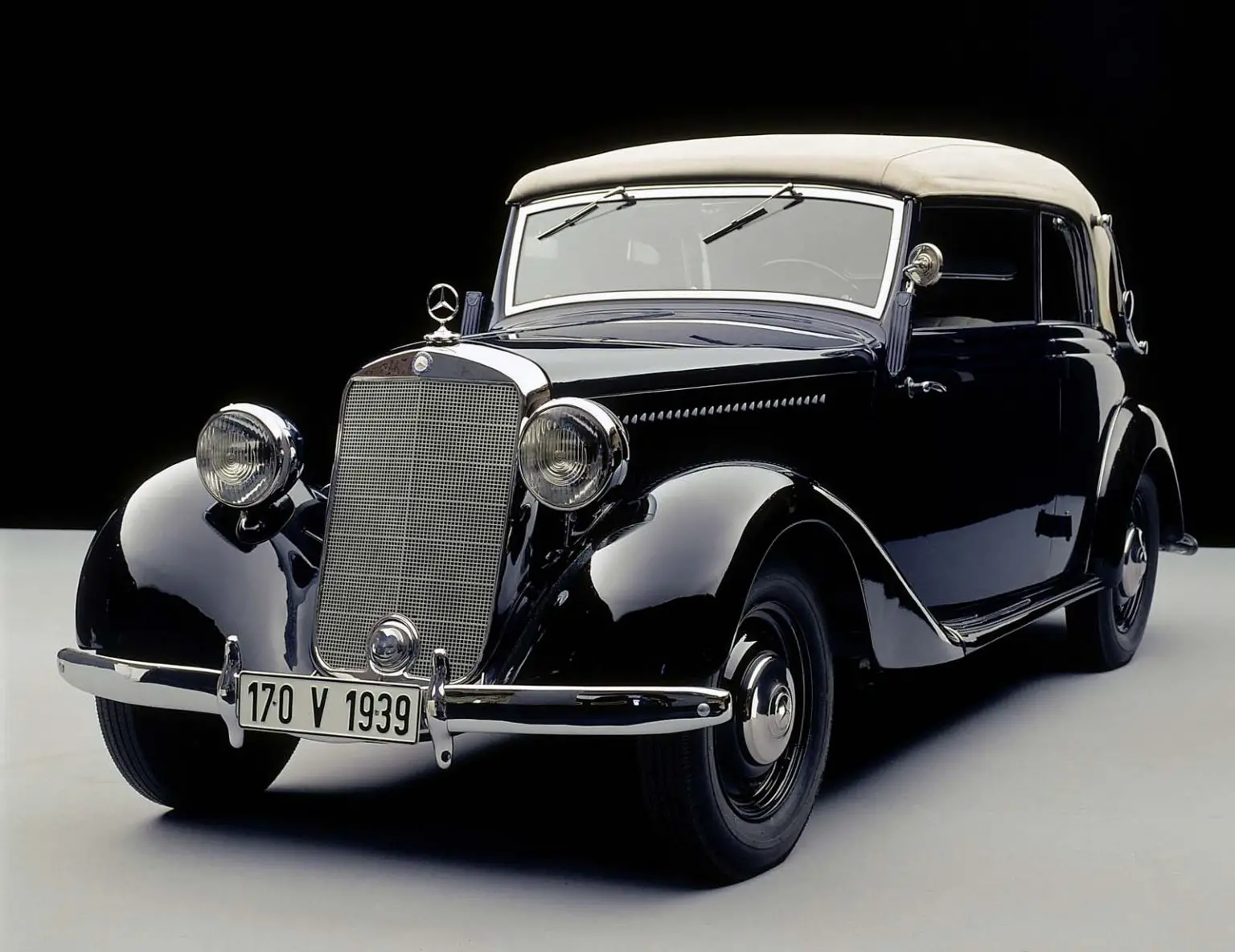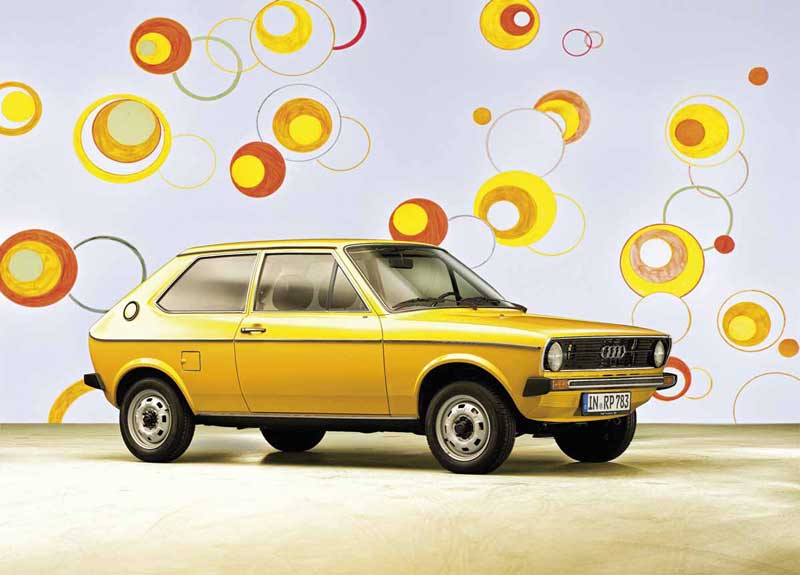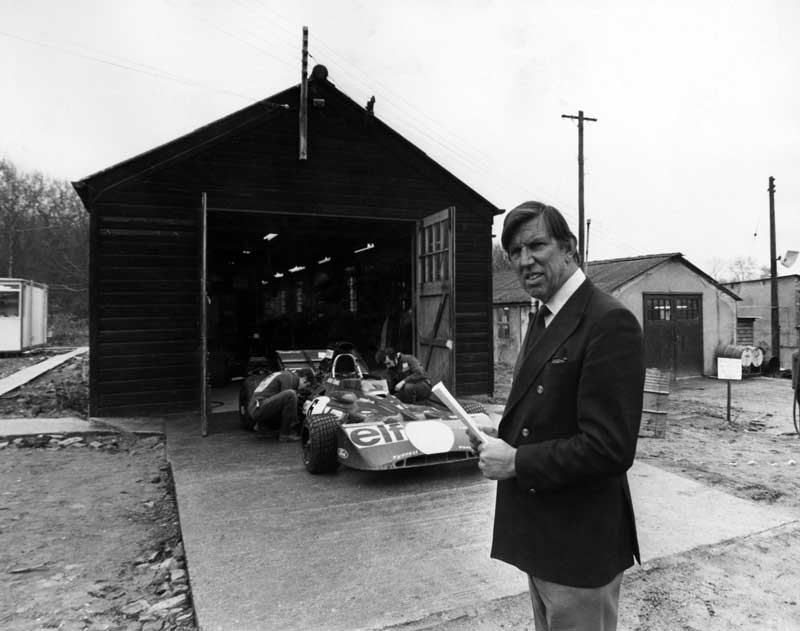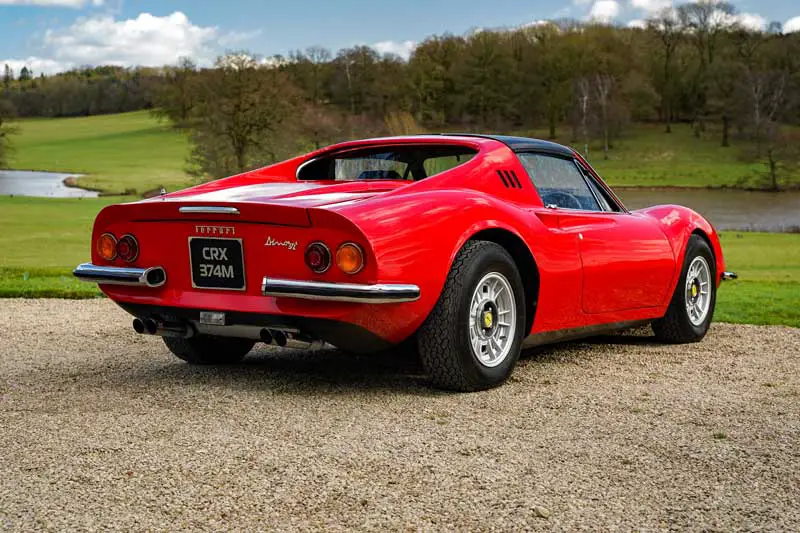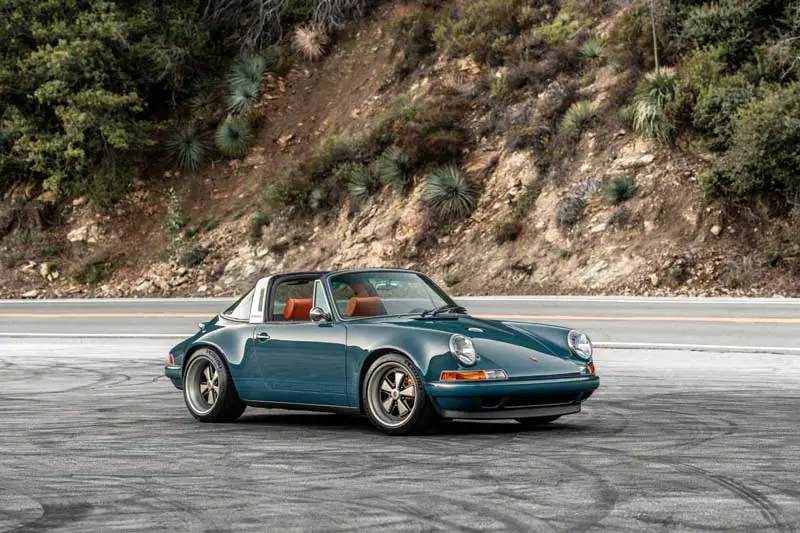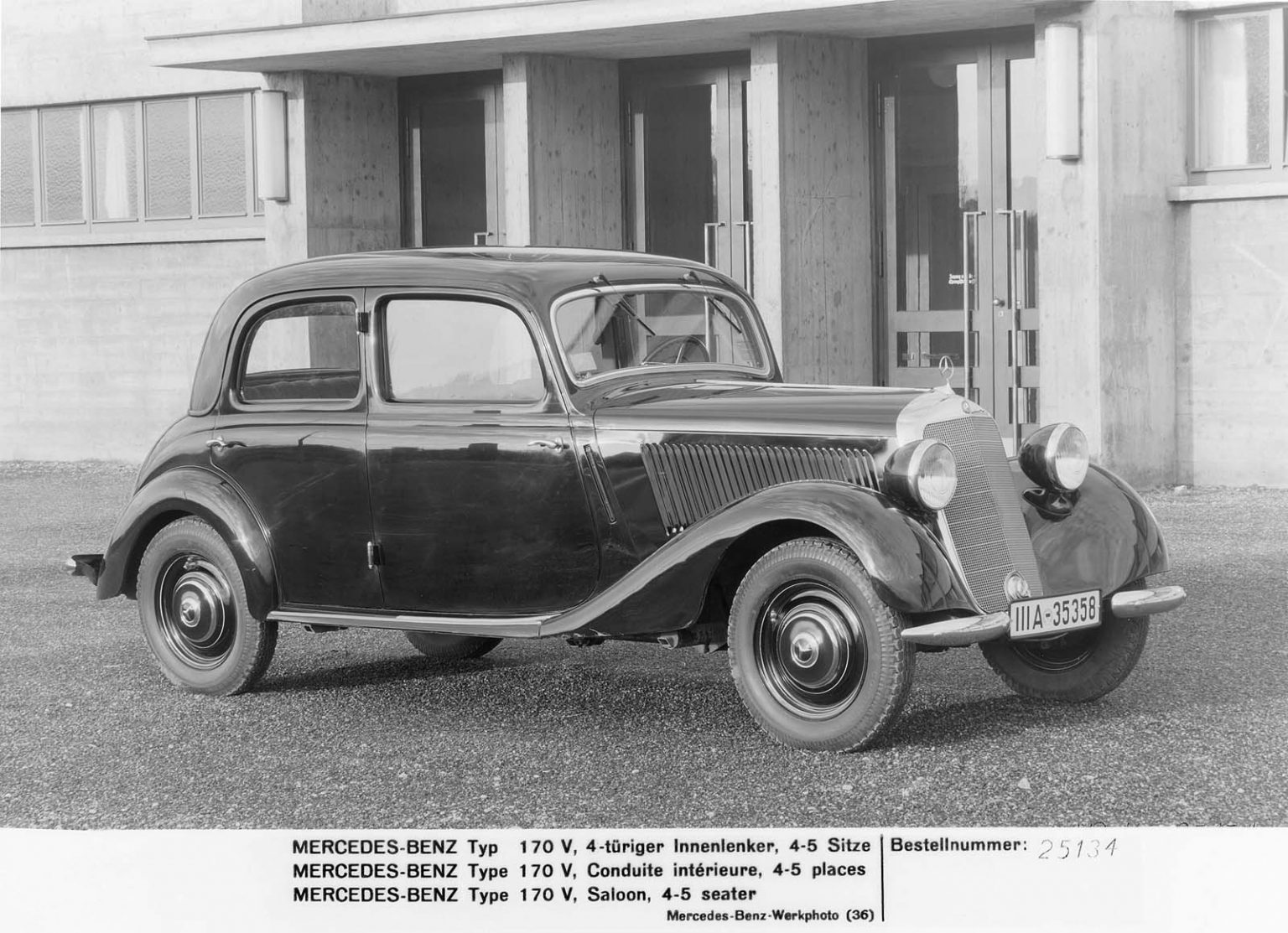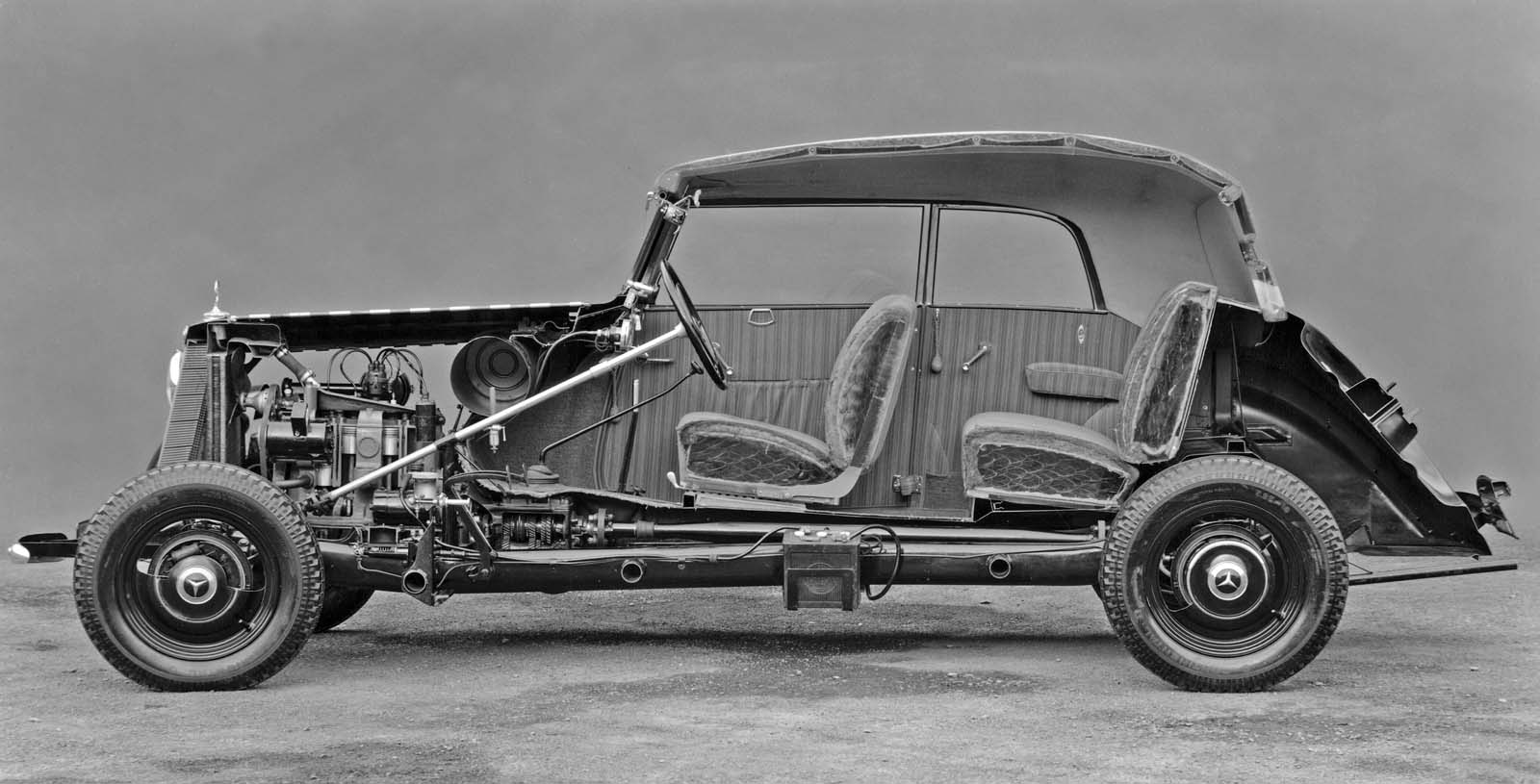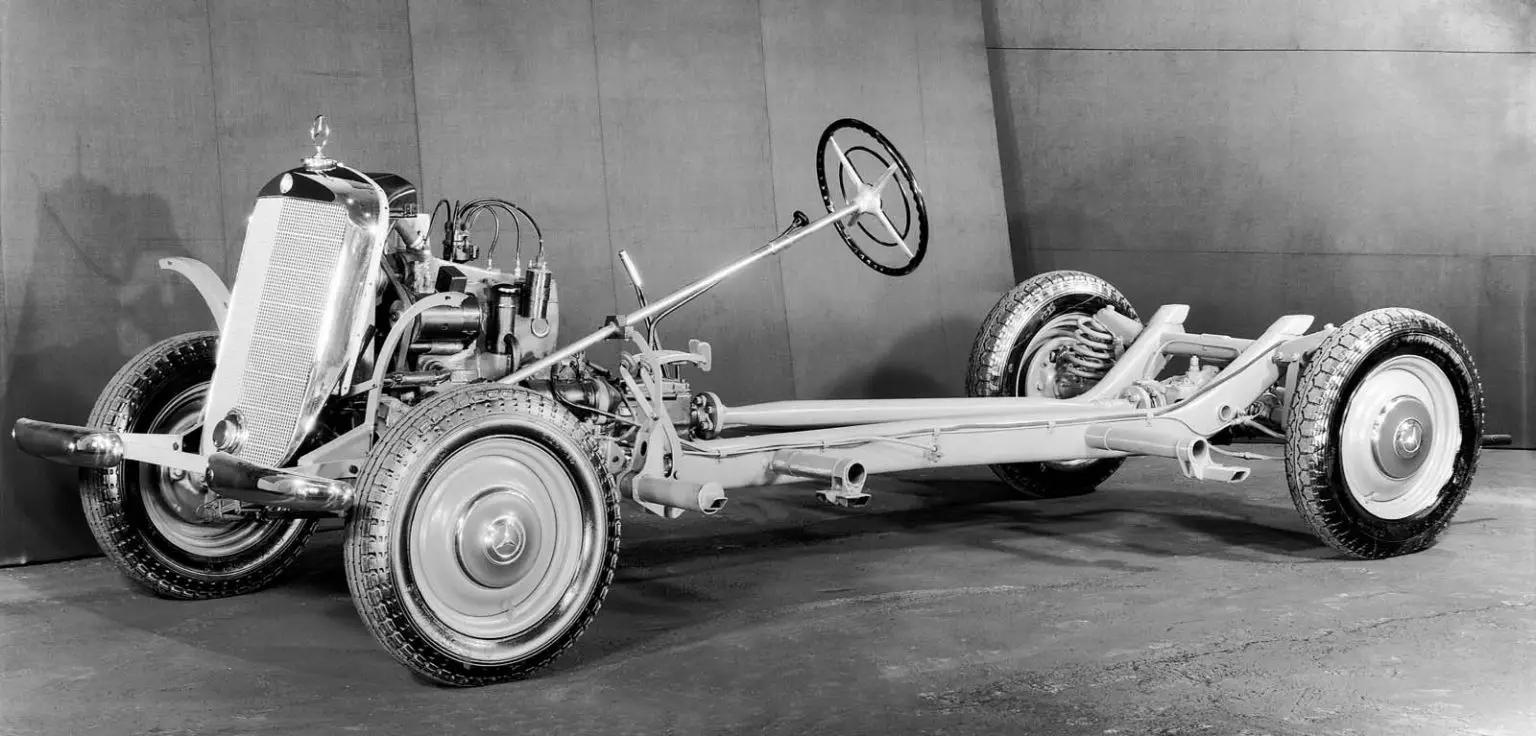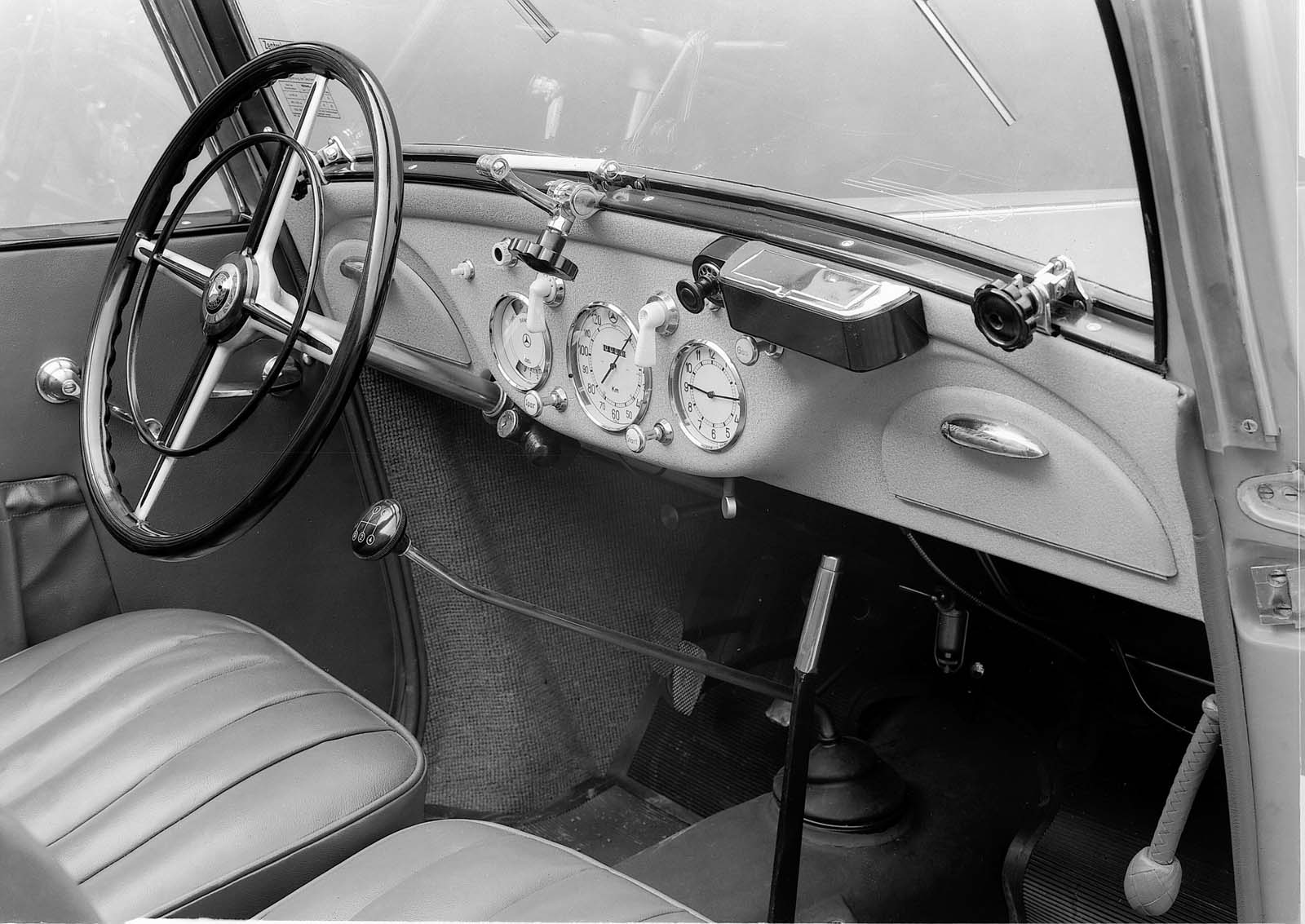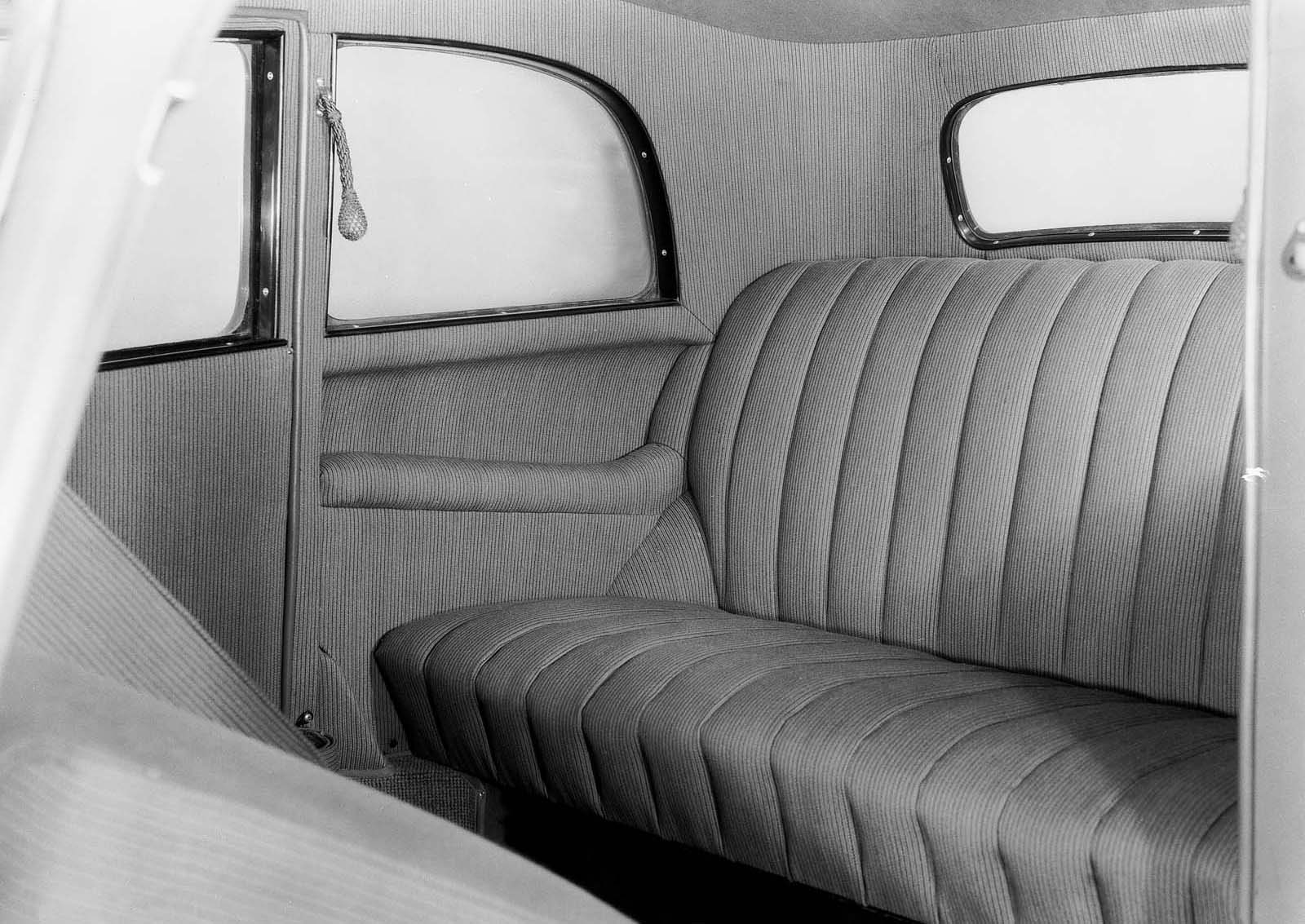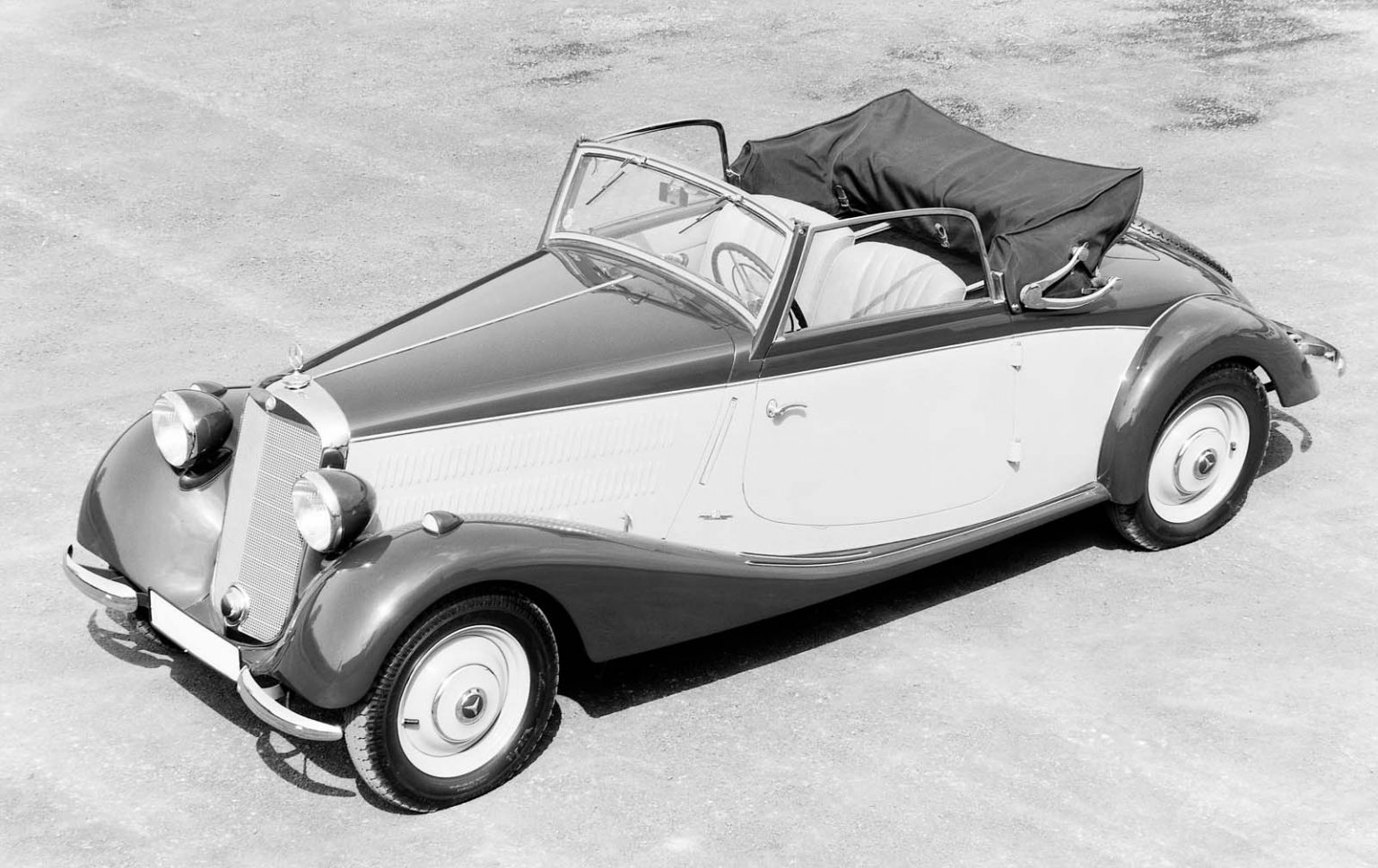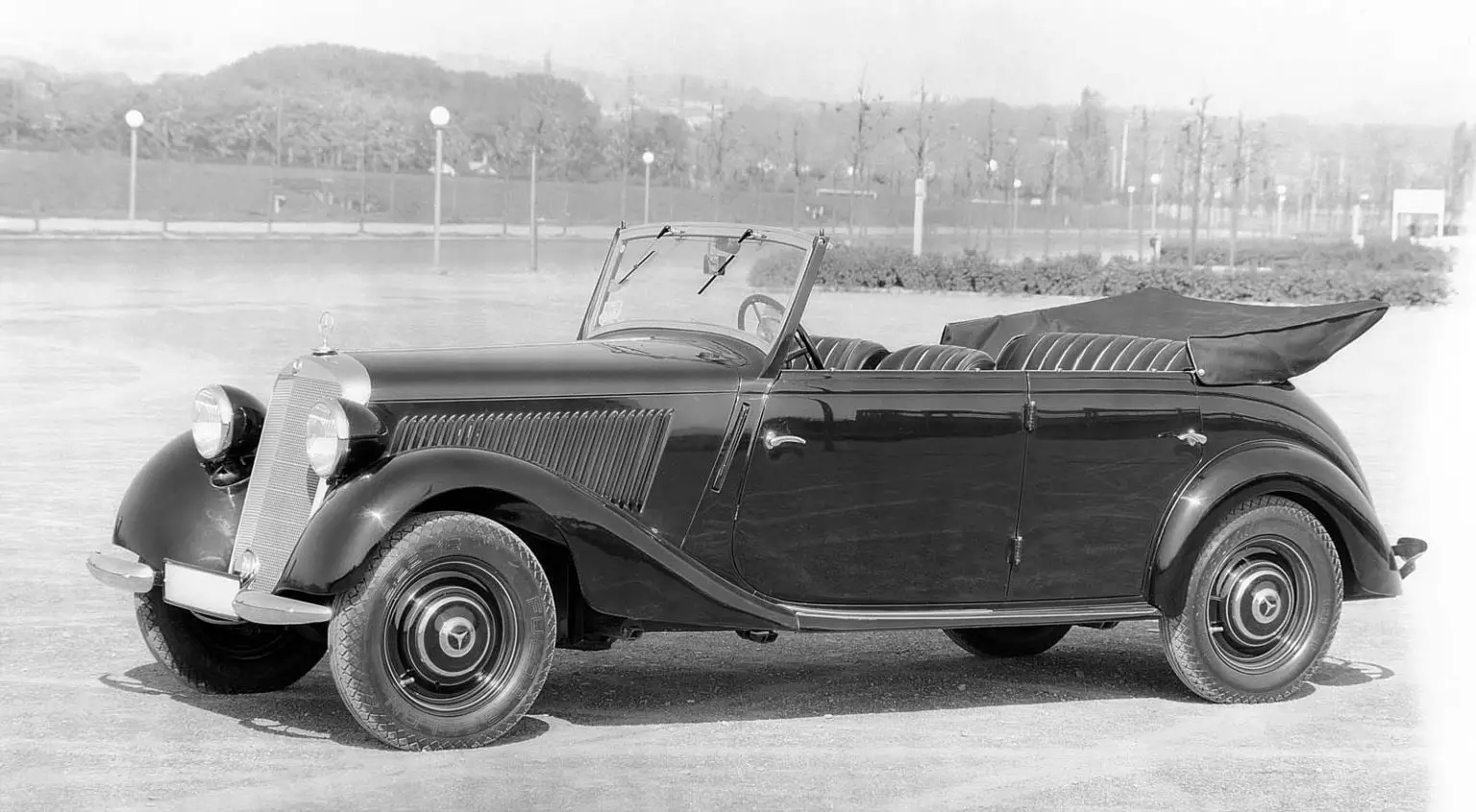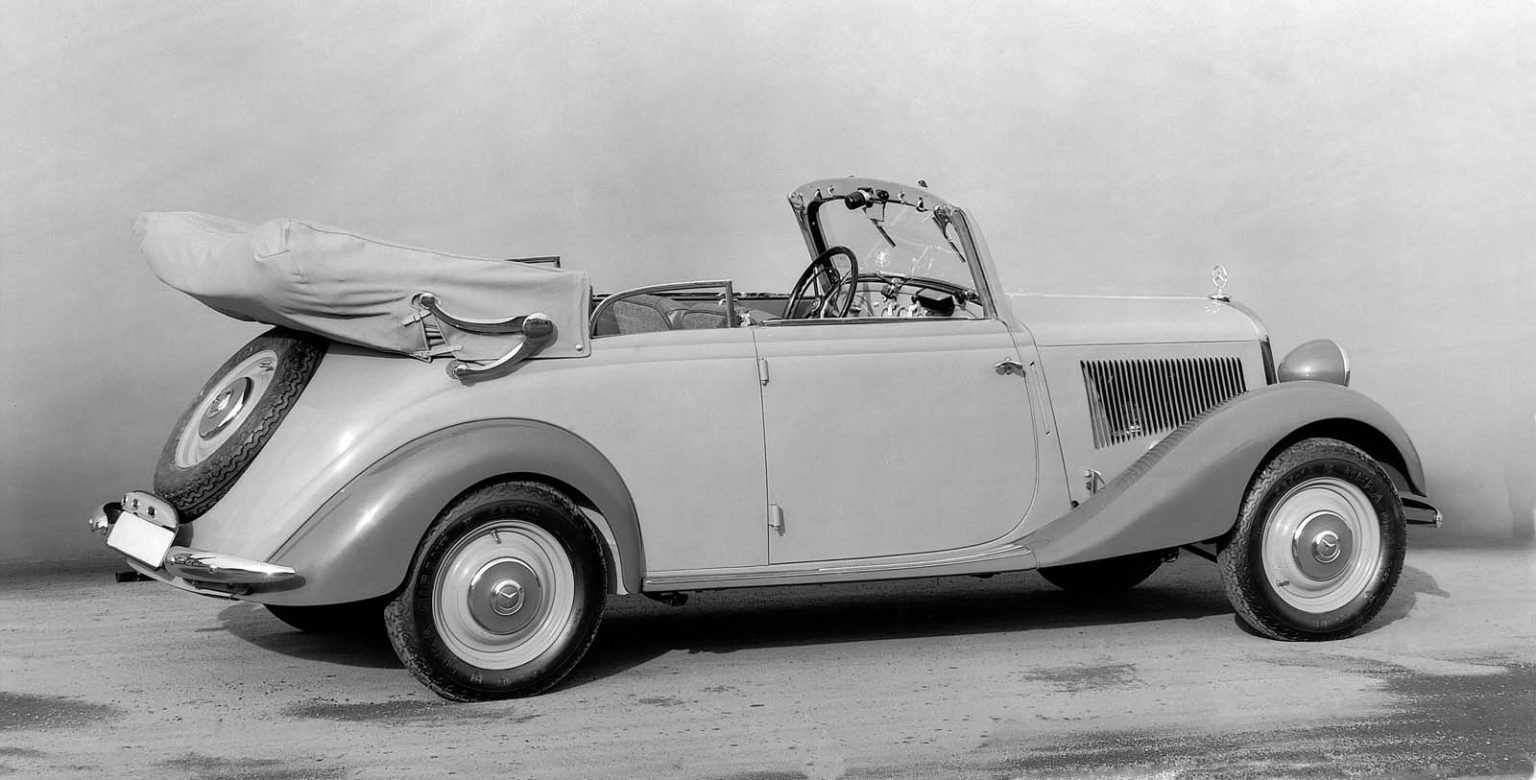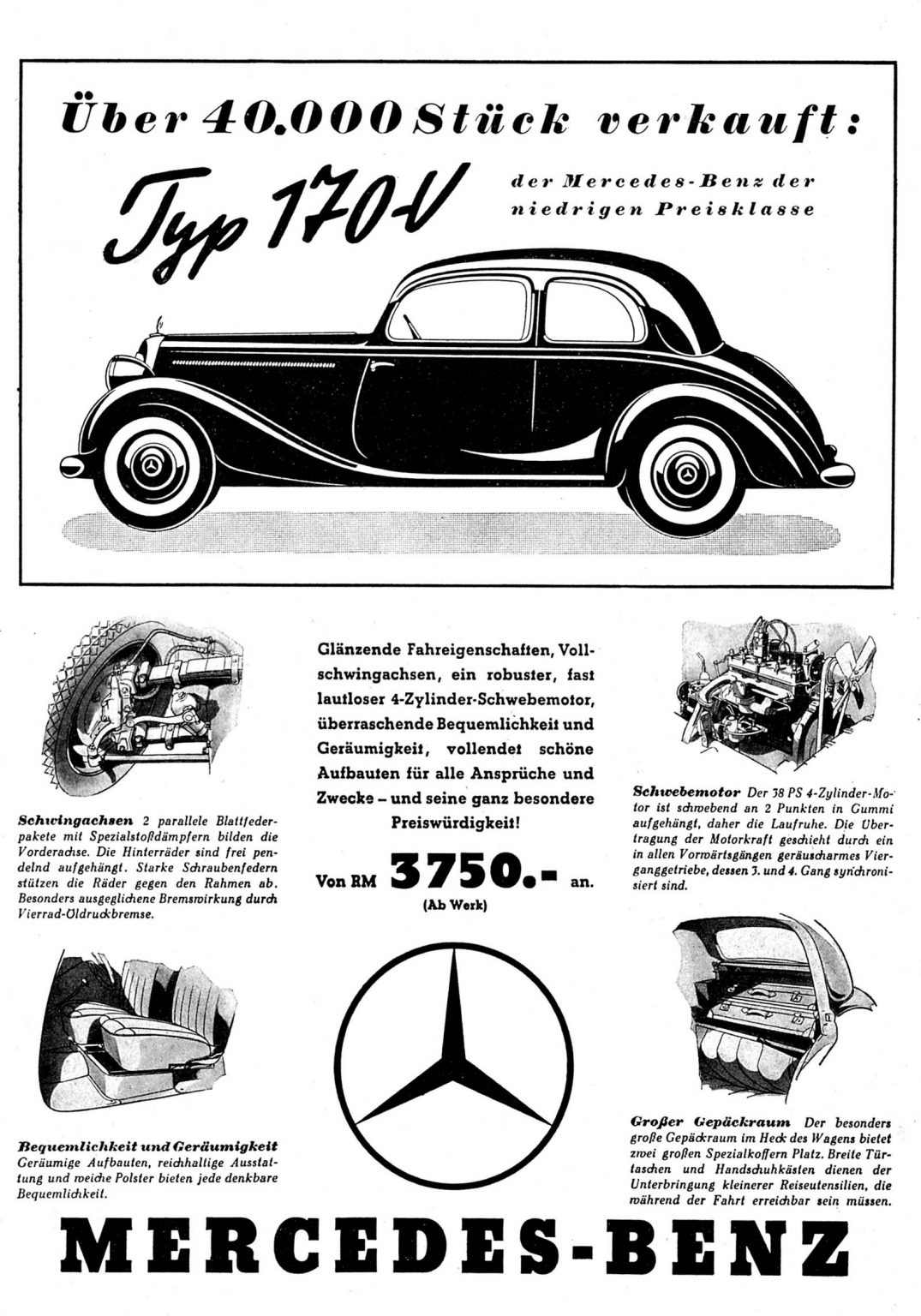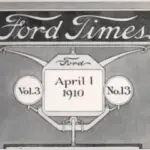
Mercedes Benz introduced the W 136 170 V on the 15 February 1936 at the International Automobile and Motorcycle Exhibition (IAMA) in Berlin. Little did they know that they would still be making the car 19 years later. So that it would be the car that brought Mercedes-Benz back from almost ruin after WW2.
The 170 V was a significant car in its own right at its introduction. It was 50 years after the invention of the motor car by Carl Benz and Gottlieb Daimler. The technical sophistication and attractive elegance of the body positioned Mercedes at the top of mid-sized car segment. The 170 V became a best seller, Mercedes producing 140,386 of them.
There were six body variants of the car available to order at the March 1936 launch. Two and four door saloons, a cabriolet, a two door open top tourer, the Cabriolet and a two seat roadster. By May the range was expanded to include the sportier Cabriolet A. The entire range were attractively styled, especially the Cabriolet versions which have that gorgeous elegant pre war look I always admire.
Launch prices were RM 2,850 (Reichsmark) for the bare chassis, a four door saloon costing RM 3,850. The two seat roadster with additional occasional seats was RM 5,500. Some RM 600 to RM 1,000 less than the earlier 170, W 15.
Production was interrupted in November 1942 with the outbreak of World War 2. But Mercedes had made 91,048 examples of the 170 V. This was the companies most successful passenger car to date.
It was after the war when conditions were very difficult in Germany that the 170 V was used to rebuild the fortunes of the Mercedes brand. It was in November 1945 that Mercedes were allowed to restart production. The 170 V based trucks, panel vans and ambulances were the first to come out of the factory, the cars following soon after in May 1946.
In July 1947 the four door 170 V rolled off the production line and formed what would become the long line of the E Class upper mid-sized segment.
